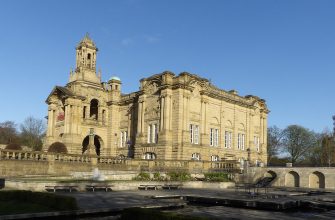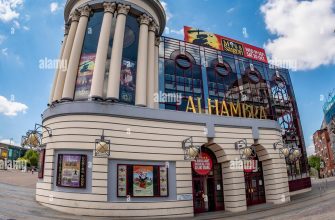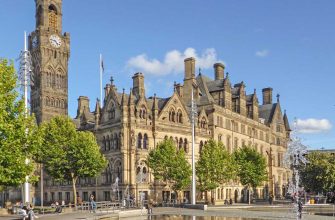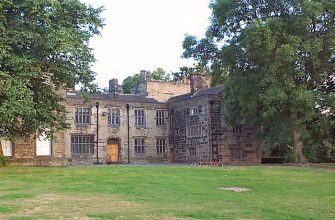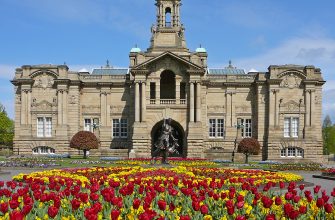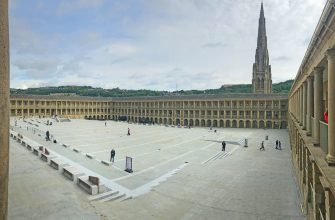The Leeds and Liverpool Canal, located in Leeds, West Yorkshire, England, is a testament to the rich canal history of the region. This 127-mile long waterway, which was once a vital artery for trade and transportation during the Industrial Revolution, is now a popular destination for canal walks, canal boat trips, and canal tourism. The canal routes, which traverse through some of the most picturesque landscapes of Northern England, offer a unique blend of history, engineering marvels, and natural beauty. Whether you are a history enthusiast, a nature lover, or a leisure seeker, the Leeds and Liverpool Canal has something for everyone.
History of the Leeds and Liverpool Canal
The Leeds and Liverpool Canal, which was completed in 1816, is the longest single canal in the country. The canal was primarily built to transport coal, limestone, and textiles between the rapidly industrialising regions of West Yorkshire and Lancashire. The canal’s history is marked by remarkable feats of canal engineering, including the construction of 91 locks, several aqueducts, and the iconic Bingley Five Rise Locks, which is considered one of the “Seven Wonders of the Waterways”. The canal also played a crucial role in the canal restoration movement in the late 20th century, which aimed at preserving and revitalizing the country’s canal network for leisure and tourism.
Canal Attractions and Activities
The Leeds and Liverpool Canal offers a plethora of attractions and activities for visitors. Here are some of the highlights:
- Canal Walks: The canal routes provide excellent opportunities for canal walks. The towpaths offer stunning views of the countryside, historic towns, and industrial heritage sites.
- Canal Boat Trips: Canal boat trips are a popular way to explore the canal. Several companies offer boat hire services, allowing you to navigate the canal at your own pace.
- Canal Tourism: The canal passes through several tourist hotspots, including the UNESCO World Heritage Site of Saltaire, the historic town of Skipton, and the vibrant city of Leeds.
- Wildlife Watching: The canal and its surroundings are home to a diverse range of wildlife, making it a great spot for birdwatching and nature photography.
Practical Information for Tourists
Visiting the Leeds and Liverpool Canal is free of charge, and the canal towpaths are open throughout the year. However, if you plan to hire a boat, it’s advisable to book in advance, especially during the peak summer season. There are several car parks, cafes, and pubs along the canal route, providing convenient facilities for visitors. It’s also worth noting that the canal towpaths can be muddy in wet weather, so appropriate footwear is recommended.
Tips for Tourists
Here are some tips to make your visit to the Leeds and Liverpool Canal more enjoyable:
- Plan your visit: The canal stretches over a long distance, so it’s a good idea to plan your visit based on the attractions and activities you are interested in.
- Respect the wildlife: The canal is a haven for wildlife. Please respect their habitat and avoid disturbing them.
- Stay safe: While the canal is generally safe, it’s always advisable to be cautious near water, especially if you are with children.
In conclusion, the Leeds and Liverpool Canal, with its rich history, scenic beauty, and diverse attractions, offers a unique and rewarding experience for visitors. Whether you choose to explore it on foot, by boat, or by bike, you are sure to create lasting memories of your visit to this remarkable waterway.

